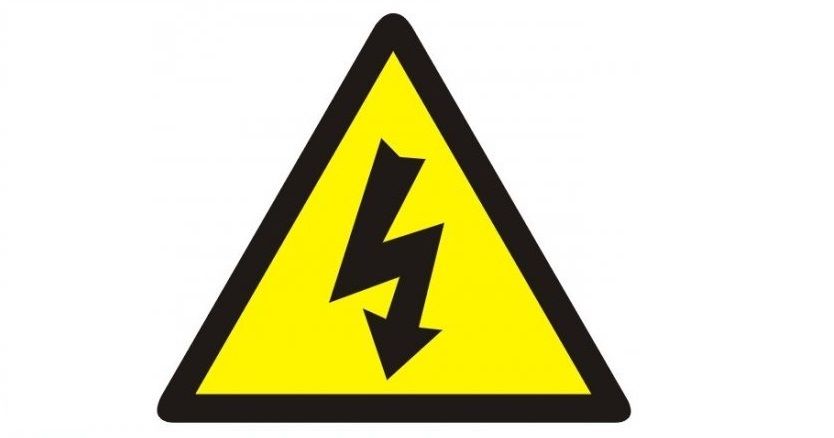Electrical Safety
Electrical Safety implies compliance with legal norms, workshop policies, procedures for using electrical devices and workplace conduct rules. Poor electrical safety measures can cause electric shocks, burns, fires and explosions. Electrical energy is dangerous when passing through the human body because it causes burns and disruption of the heart and respiratory organs, which can have fatal consequences.
Everyone in the workshop should know where the electrical panel with disconnect switches and fuses is located. Also, they should know how to turn off the power to the workspace or workshop in an emergency. All switches and fuses should be clearly labelled so you know which circuits and functions they control. Electrical panels are kept closed to prevent unauthorized access and accidental contact with the power supply. Panels must not be blocked by equipment and tools so that access in case of emergency is not impeded.
There should be a sufficient number of electrical sockets in the workshop. They should be at least 1 m above the floor to reduce the risk of ignition spilt fuel vapours or other flammable liquids. Do not connect multiple devices to one outlet using simple double adapters. If necessary, an extension cord with multiple earthed sockets that have built-in overload protection is used. The cable should be flexible and with a neoprene sheath resistant to oil, flame and abrasion damage.
Before using electrical appliances, always check the condition of the appliance cord, outlet and extension cord for cuts, scratches or other damage. Be careful where and how the extension cord is placed to avoid tripping. Also, make sure that vehicles and equipment do not pass over the cable as it can be damaged. In wet conditions and around flammable liquids, it is always better to use air tools as they are safer than electric ones which can lead to electric shock or cause ignition and explosion.
Use portable LED lights instead of traditional light bulbs that heat up, use more energy, and can break causing cuts, eye damage, ignition and electric shock. LED lights have low energy consumption and are powered by batteries. Also, they contain a magnetic base and can be attached to a metal surface near the work area and then set to light up where needed.
Much of the work on the vehicle will be around or on electrical systems where there is a risk of causing a short circuit. To avoid accidents or damage to electrical devices, it is necessary to take precautionary measures during operation. If you are working on disconnecting any electrical wire or component, you should turn off the power supply or disconnect the battery. Disconnect the negative or ground terminal first, then disconnect the positive terminal. When reconnecting the battery, first connect the positive terminal and then the negative terminal.
During tests and measurements under voltage, be careful not to short circuit that can destroy the vehicle’s electrical system. When working on the ignition system, power supply high-voltage injectors and xenon bulbs, be careful of high-voltage impulses.
Hybrid and electric vehicles have a high voltage power system from 42 to 650 V. These high voltages can kill. That’s why high-voltage circuits are marked in orange, and high-voltage devices and components have “High Voltage” warning stickers. The vehicle manufacturer’s procedures stipulate that the high-voltage system should be switched off before any intervention on the vehicle. Since the systems may contain high-voltage capacitors it is necessary to wait (usually up to 10 minutes after disconnection) for capacitors to discharge before working on or around the high-voltage system.
When working on a high-voltage system, it is necessary to follow the safety procedure by using appropriate personal protective equipment (electro-insulating gloves, protective glasses) and insulated tools. During work on high-voltage systems, it is necessary to secure the vehicle and place a warning sign “High-voltage work in progress! Danger! Do not touch!”.







